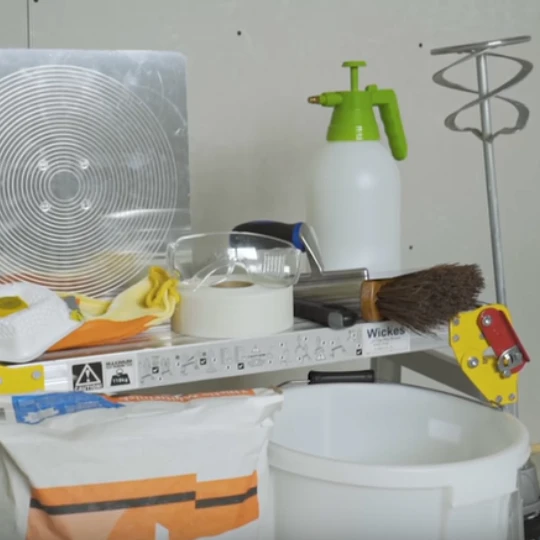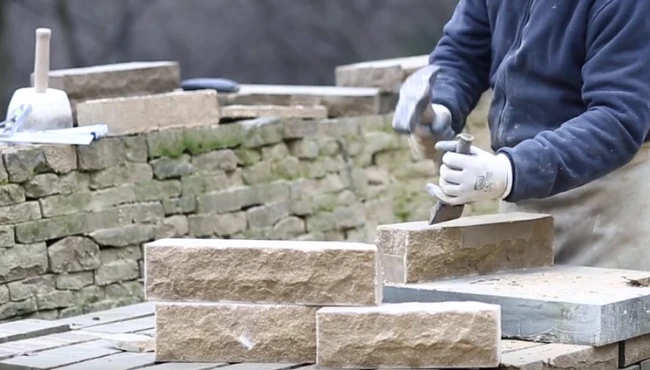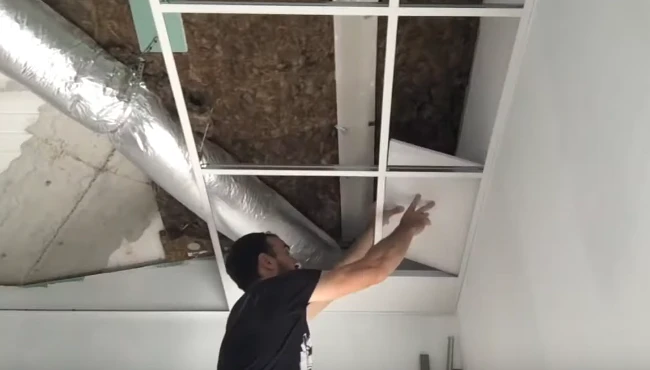What does a plasterer do?
A plasterer is a master of surfaces, transforming raw walls and ceilings into smooth, polished surfaces. They apply plaster or other materials to create a flawless and aesthetically pleasing look. From repairing cracks to creating decorative mouldings, plasterers use their artistic streak to enhance the look of interior spaces. Imagine a blank canvas, and a plasterer is the artist who brings it to life with their skills.
Examples include applying a thin layer of plaster for a smooth finish and covering exterior walls to protect and improve their appearance.
Required skills
Being a plasterer requires a number of special skills. Attention to detail, precision and an artistic eye are essential. Good physical fitness and good hand-eye coordination contribute to mastery of the craft. Communication skills are also vital when working with other construction professionals.

Qualifications
To embark on a successful career as a plasterer, gaining NVQ levels 2 and NVQ level 3 in Plastering is a must. These qualifications show that the individual has relevant specialist knowledge. Holding a blue CSCS card demonstrates a plasterer’s competence and commitment to safety standards, while a gold CSCS card represents advanced skills and experience that will open up further opportunities.
Benefits
Working as a plasterer comes with many benefits. Enjoy the satisfaction of seeing tangible results of your craftsmanship. The demand for qualified plasterers provides job security, and the opportunity to work independently or as part of a team brings variety to the profession. Plus, each completed project is accompanied by a sense of accomplishment.
Challenges
Like any profession, plastering has its challenges. Working in different environments and meeting project deadlines can be demanding. Physical exertion is unavoidable and the need for precision leaves little room for error. However, overcoming these challenges contributes to personal and professional development.
Career path and progression
A plasterer starts as an apprentice and can develop into a skilled craftsman. With increasing experience, you can specialize in areas such as restoration or decorative plastering work. Taking on management roles or starting your own business are also common routes for those seeking further challenges and rewards.
Statistics
Plasterers in the UK* – Prognosis
Average Annual Increase
ARR**
SOURCE: CITB ” Labour Market Intelligence Report (2024 – 2028)”.
* These prognosis calculations assume constant ARR and growth rate without significant external disruptions.
** ARR – Annual Recruitment Requirement is a metric used to estimate the number of new workers needed annually to meet labour market demands in a specific industry, region, or occupation.
How much could you earn as a plasterer
The financial aspect is an important one. On average, a plasterer in the UK can earn between £28,000 and £39,000 a year. However, experienced and specialist plasterers can earn higher salaries, especially if they undertake high profile projects or work in niche markets.
*Information sourced from reputable recruitment sites and agencies, reflecting the latest job market insights and trends. Figures can vary based on factors such as specific job requirements, individual qualifications, and regional economic conditions. Additionally, self-employed professionals should account for expenses such as tools, materials, insurance, and transportation when calculating their net earnings.
Typical hours per week
Standard work hours per week
(Employed)
Working hours per week with overtime
(Employed and Self-employed)
Plasterers are often full-time employees, typically working 37.5 to 40 hours per week. However, project deadlines or special client requests may occasionally require additional hours.
Conclusion
Being a plasterer is more than just a job – it’s an art form that shapes the spaces we inhabit. With the right skills, qualifications and attitude, you can have a fulfilling and successful career as a plasterer and leave a lasting impact on the structures you touch.

